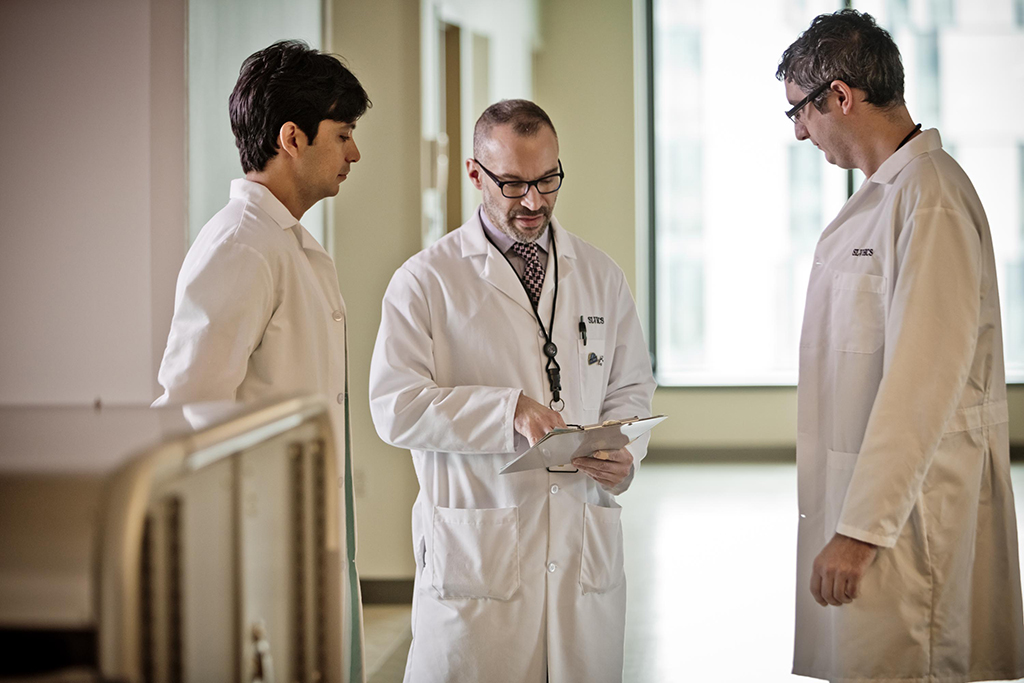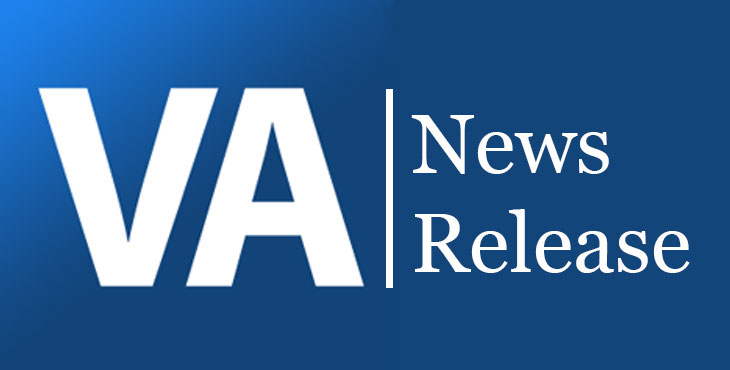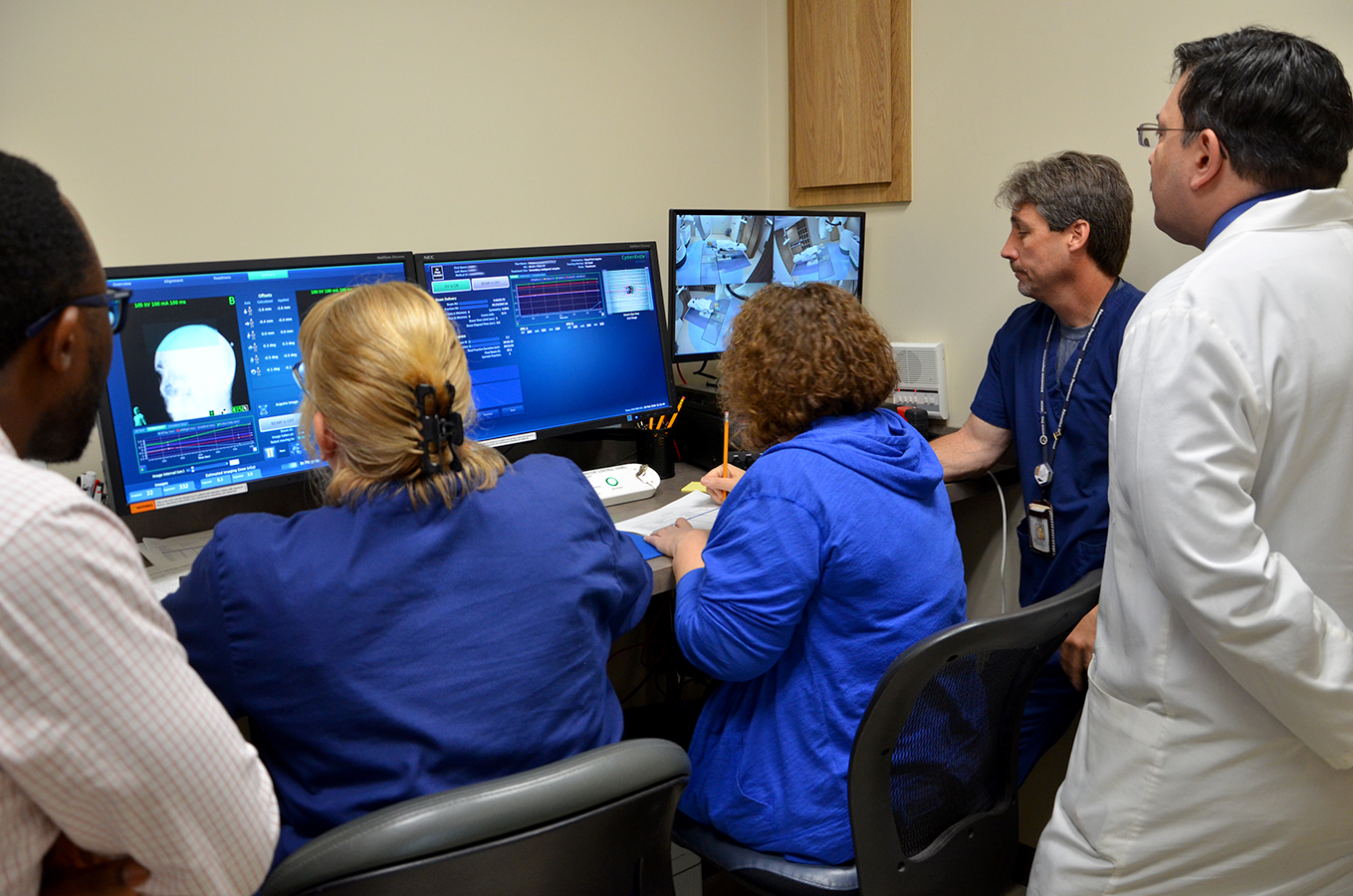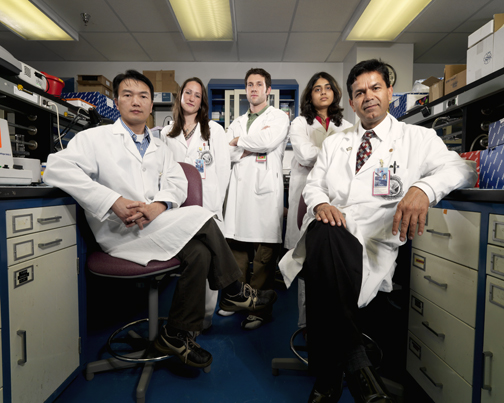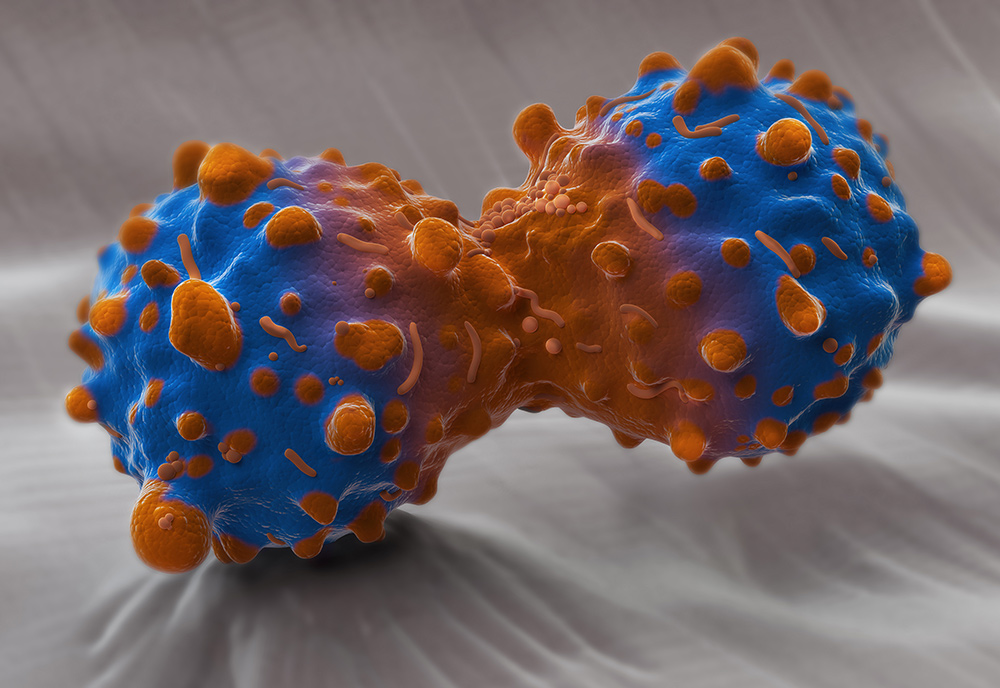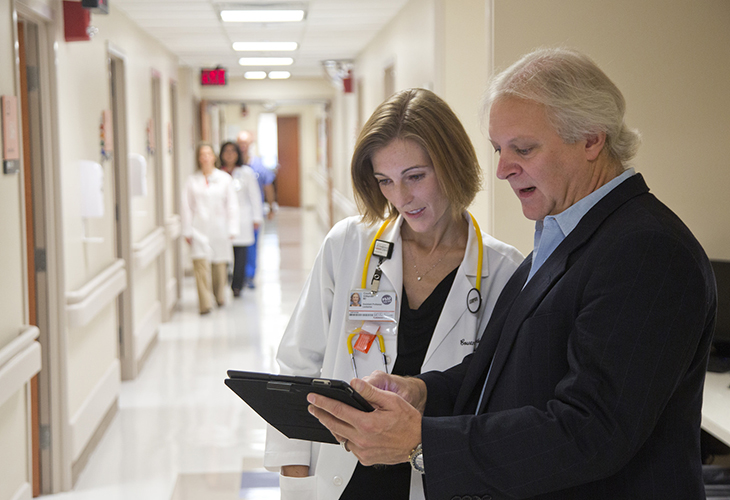With World Lung Cancer Day this month, we’re focusing on […]
The NAVIGATE network will also establish best practices and share insights to help other VA Medical Centers nationwide enroll more Veterans in cancer clinical trials.
A new robotic treatment recently used for the first time at James A. Haley Veterans’ Hospital in Tampa will increase the number of options Veterans have in their fight against cancer.
VA has a long history in cancer prevention and research, including ongoing collaborations with other public agencies, and profit and non-profit corporations to enhance cancer research, including studies that support the national Precision Medicine Initiative.
The nation’s first hadron therapy center at VA's Palo Alto facility will serve Veteran and non-Veteran cancer patients who could benefit from particle therapy using proton or heavy ion beams.
As a tool to help doctors evaluate treatment options for their patients, Watson for Genomics produces a list of potential therapies ranked by levels of evidence with links to associated research and clinical trials for physicians to consider. This information could help inform VA's healthcare professionals and veterans of promising new cancer treatments. The VA's top priorities of access to and quality of care could be enhanced through this innovative technology.
Stanford Medicine and the VA Palo Alto Health Care System have announced a collaboration to establish the nation’s first center to deliver hadron therapy to cancer patients.
Later, I when I heard about the rapid, learning healthcare system (rLHS) described by the Institute of Medicine, I remembered the short white coat. I remembered the idea of “can’t help but be better.” That is to say, learning wasn’t delegated to special (and isolated) moments. Rather, learning permeated every patient interaction; the act of delivering care itself (without additional overhead) would accrue useful knowledge. Active effort would be needed to avoid learning.

